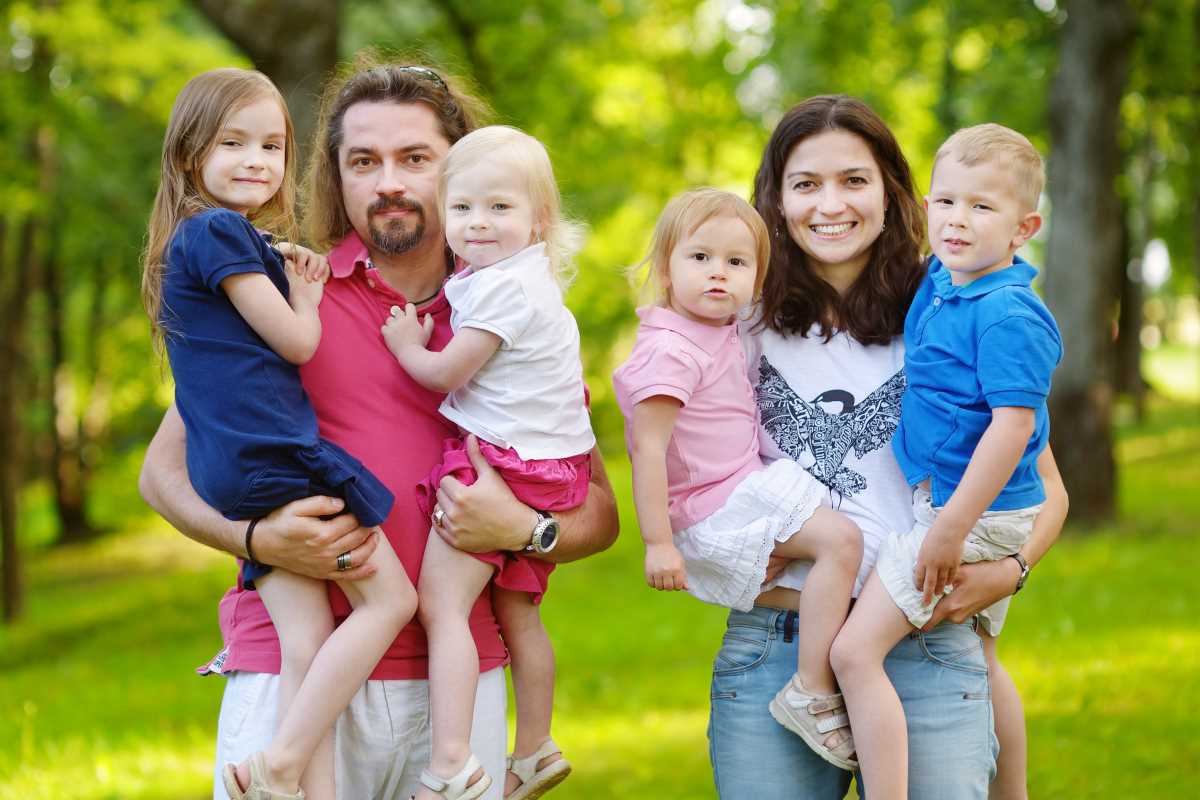From wedding rings to New Year's resolutions, many modern practices that seem inherently secular or rooted in mainstream religions actually trace their origins back to ancient pagan traditions. These age-old customs have seamlessly woven themselves into contemporary life, often without our conscious awareness of their historical roots. This fascinating exploration reveals how deep and far-reaching these cultural threads run, illustrating the interconnectedness of human traditions through time.
Wedding Rings: A Symbol of Eternity
The tradition of exchanging wedding rings is as old as history, with its roots deeply planted in ancient Egypt. The Egyptians viewed the circle as a symbol of eternity, and the ring, made from materials like reed and hemp, represented a never-ending bond.
This custom was later adopted by the Romans but with a twist: they believed the ring signified ownership rather than partnership. The ring’s placement on the fourth finger of the left hand was thought to connect directly to the heart via the "vena amoris" or vein of love, a belief that has enchanted lovers across centuries.
New Year’s Resolutions: Vows to the Gods
New Year's resolutions have a robust lineage that stretches back to the Babylonians, who made promises to earn the favor of the gods at the start of each year. This ancient practice was intended to secure their loyalty and support for the year ahead.
Romans continued this tradition by making promises to Janus, the god of beginnings, for whom the month of January is named. This cultural ritual has evolved into the personal self-improvement goals that many people set for themselves today.
Easter Eggs: From Pagan Rebirth to Christian Resurrection
Easter eggs are not just a fun holiday activity but also a symbol with ancient, pre-Christian roots. Originally, eggs were a pagan symbol of fertility and rebirth, commonly used in festivals celebrating spring.
As Christianity spread, early Christians adopted this symbol to represent the resurrection of Jesus, blending old cultural elements with new religious meanings. This mix of traditions highlights the fluidity with which cultural practices can adapt and evolve over time.
Halloween: From Samhain to Trick-or-Treat
Halloween’s origins can be traced back to the Celtic festival of Samhain, a time to prepare for winter by lighting bonfires and donning costumes to ward off spirits. When the Romans conquered the Celtic territories, they merged Samhain with their own festival of the dead, Feralia.
Later, with the spread of Christianity, these pagan customs were incorporated into the Christian calendar as All Hallows’ Eve, the precursor to modern Halloween, which today combines elements of both commemoration of the deceased and lighthearted, spooky fun.
Christmas Trees: Evergreen Worship to Festive Ornamentation
The Christmas tree, now a centerpiece of winter holiday decor, has its roots in pagan traditions that revered evergreens as symbols of eternal life. Ancient civilizations, including the Egyptians and Romans, decorated their homes with evergreen boughs to ward off evil spirits and celebrate the winter solstice.
This practice was gradually adopted into Christian festive traditions in the 16th century, particularly in Germany, and eventually popularized globally as a symbol of Christmas celebration.
Valentine’s Day: From Lupercalia to Love Letters
Valentine’s Day, often seen as a hallmark of romantic love, is actually a re-interpretation of the Roman festival of Lupercalia. This ancient celebration, held in mid-February, was intended to ensure fertility and ward off evil spirits.
As the festival evolved into St. Valentine’s Day, its focus shifted from fertility to more general expressions of love and affection, demonstrated through the exchange of cards and gifts that continue to mark the occasion today.
May Day: Spring Celebrations and Fertility Festivities
May Day, celebrated on the first of May, has its origins in the ancient Celtic festival of Beltane, which marked the midpoint between spring and summer. Traditionally, this day was filled with dances around the Maypole, a symbol of fertility, and the lighting of fires, thought to protect against evil spirits as the days grew longer and warmer.
These practices not only connected communities with the rhythms of nature but also with each other, serving both spiritual and social functions.
Groundhog Day: Weather Lore and Seasonal Predictions
Groundhog Day, the quirky tradition of predicting the arrival of spring based on a groundhog’s behavior, has surprising ties to German lore regarding the hibernation patterns of animals. Originally, this belief was associated with Candlemas Day, which included the lore that clear weather on Candlemas forebodes a prolonged winter.
German immigrants brought this tradition to Pennsylvania, where it was merged with local traditions to become the Groundhog Day known today.
Bridal Showers: Preparing the Dowry
The bridal shower, a pre-wedding celebration aimed at aiding the bride in preparing her dowry, finds its origins in Dutch history. If a father disapproved of his daughter’s choice for marriage, he might refuse her dowry. Friends and other village members would then ‘shower’ the bride with gifts to ensure she could still marry the man of her choice.
This supportive community practice has evolved into a celebration of upcoming nuptials, where gifts, games, and good wishes flow freely.
These modern customs, with their roots in ancient rites and celebrations, demonstrate the incredible journey of cultural adaptation and adoption. They enrich our lives by connecting us with the past, even as we continue to reshape their meanings and significance in our contemporary world.







